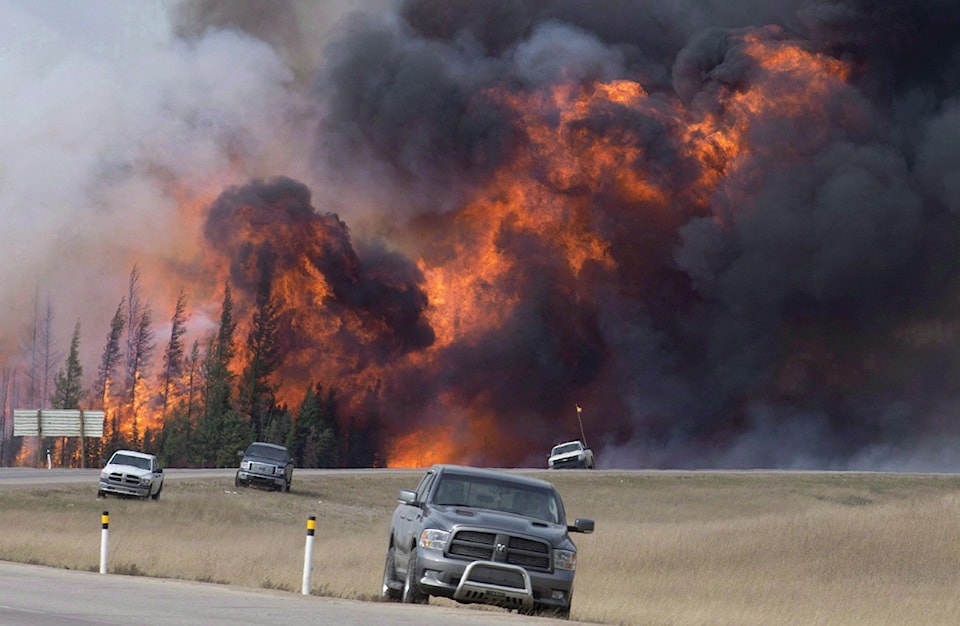The wildfire season is slow to start in the Elk Valley.
There have been five fires to date in the Southeast Fire Centre, burning a total of one hectare.
“We haven’t had much of a season so far,” said Carlee Kachman, information officer at the Southeast Fire Centre.
This time last year, there were 27 fires burning a total of 88 hectares of land. The summer of 2016 resonated in many Canadians minds as the hottest in decades, after fires levelled the city of Fort McMurray.
Fire season in 2015 started off slow, but ended up being detrimental. Two years ago, 39 fires were ablaze, and 55 hectares had been burnt.
In terms of a fire ban for 2017, this is to be determined, as weather can only be accurately predicted a few days in advance. However, in April, the Southeast Fire Centre asked members of the public to exercise caution while conducting any outdoor burning activities. With weather warming up, this warning stands true.
Anyone wishing to light an open fire must watch for changing weather, as well as follow all burning regulations and take the following precautions:
Ensure that enough people, water, and tools are on hand to control the fire and prevent it from escaping.
Do not burn during windy conditions. Weather conditions can change quickly and the wind may carry embers to other combustible material and start new fires.
Create a fireguard at least one metre around the planned fire site, and clear away twigs, grass, leaves and other combustible material.
Anyone planning to conduct a large burn should consider conducting smaller runs around the perimeter of the main fire site beforehand to create a fuel break and help prevent the fire from spreading beyond its intended size. Each of these fires should be kept small and must be completely extinguished before starting a new fire.
Never leave a fire unattended.
Make sure that the fire is completely extinguished and the ashes are cold to the touch before leaving the area for any length of time.
At this time, anyone wishing to burn must obtain a campfire licence from their local fire department.
